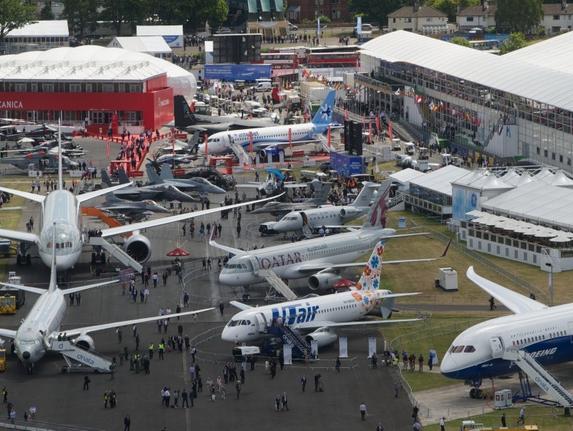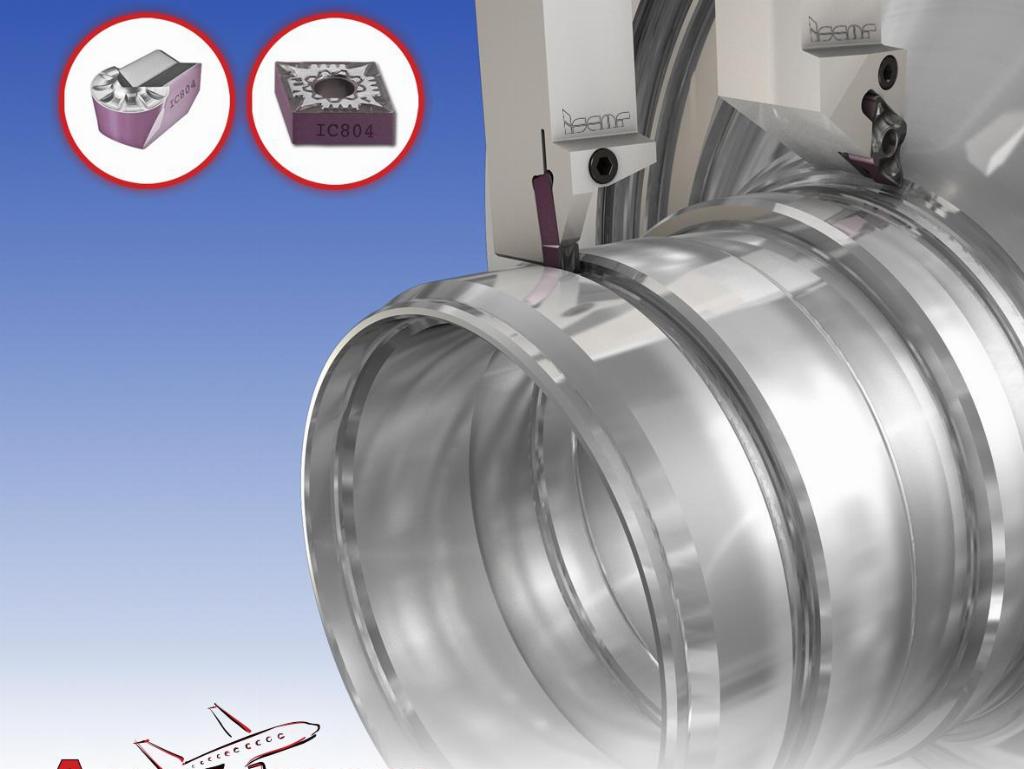Adding it up in aerospace

In this Q&A interview, Scott Sevcik, director for aerospace and defence business development within the Stratasys VBU (Vertical Business Solutions), offers his insight on how additive manufacturing continues to impact the aerospace industry and what we can expect from the technology moving forward.
In this Q&A interview, Scott Sevcik, director for aerospace and defence business development within the Stratasys VBU (Vertical Business Solutions), offers his insight on how additive manufacturing continues to impact the aerospace industry and what we can expect from the technology moving forward.
What makes additive manufacturing such a good fit for the aerospace industry in particular?
Additive manufacturing technology, such as that offered by Stratasys, helps aerospace manufacturers innovate faster, test more thoroughly and maximise resources. The aerospace industry is constantly pushing technological boundaries to reduce weight and increase vehicle performance.
Additive manufacturing accomplishes those goals. The advancement of 3D printing materials offers terrific weight savings in comparison to traditional manufactured parts and enables economical production of incredibly complex shapes that are often found in aerospace vehicles. It’s therefore not surprising that the industry is increasingly looking to the technology to realise those gains.
Aerospace component production is a low quantity, high value operation. Because the quantities are low, users receive less mass production benefit as they aren’t amortising (paying off) tooling and development costs over as many units. With additive manufacturing of production parts, there is no tooling to amortise. Therefore, at aerospace quantities, the technology is often a lower cost alternative to injection moulding or casting.
How has the relationship between additive manufacturing and the aerospace industry evolved in recent times?
Additive manufacturing started as a technology for concept modelling and prototyping of parts, but in time, manufacturing engineers began prototyping fixtures and assembly tools. They realised that for many of those jigs and fixtures, the printed part was more than strong enough to be used as the tool itself. That was the start of 3D printing for manufacturing. Today, tooling is a valuable and popular use for the technology.
Recently, the use of the technology from flight parts has taken significant steps forward as well. Stratasys chose Ultem 9085 resin as a material to develop for its Fused Deposition Modelling (FDM) process because of interest from the aerospace industry in using 3D printing in-cabin. This FAA-approved material provides high strength-to-weight ratio and is FST (flame, smoke and toxicity) compliant for aircraft interior applications so it’s perfect for widespread in-cabin applications such as ducting, covers and electrical housing. It’s now being used by a number of aircraft OEMs and interiors OEMs for those purposes.
United Launch Alliance has adopted the same Ultem 9085 for ducting and other applications on the Atlas V rocket and its next generation Vulcan rocket. Since March of this year, ULA now has printed parts flying on every Atlas V.
The space environment provides other challenging requirements though, and that has led Stratasys to explore other new materials for those challenging applications. For example, NASA shared earlier this year that it was installing 3D printed parts on its ICESat-2 vehicle. Those parts were made from a custom composite, ESD Pekk, material that provides high strength, great thermal and chemical performance, and electrostatic discharge properties. We developed that material for FDM and provided those parts to NASA.
How does 3D printing improve supply chain flexibility?
It completely redefines the economics around a make/buy decision. Instead of making one decision during the development phase about producing or buying a certain part, access to additive manufacturing technology enables you to make that call at each and every procurement. Based on your current capacity and the urgency for the part, you can choose to produce it within your own facility, or outsource it to a qualified supplier.
A number of customers who own Stratasys 3D Printers manufacture the bulk of their parts internally, then contract their overflow out to Stratasys Direct Manufacturing when additional capacity is required.
The ability to produce the same part on another qualified machine allows you to move around production for better efficiency and risk reduction.
The impact on the aftermarket is, perhaps, even more dramatic. We have already seen obsolete parts replaced with reverse engineered 3D printed parts and that has a significant impact on how operators are viewing the long-term implications of 3D printing.
Imagine eliminating the tens of billions of dollars in inventory sitting idly on shelves around the world waiting for an aircraft-on-ground. When you can print a tool or a part, those tools and parts can be stocked digitally and produced on demand. The concepts of lifetime buy and stocking 20 years of spares for a part going out of production will become a thing of the past.

The Airbus A350 XWB program used around 1,000 3D printed flight parts. Ten years from now, how many parts will be produced via 3D printing?
The speed and extent of adoption will be driven by the materials and the systems to deliver them. We currently have advanced materials for producing from thermoplastic lightly loaded interior components.
Over the next few years, higher performance thermoplastics and printed composites will expand the gamut of applications dramatically as we move into secondary structure and more critical components. The same is true of metals: as process control gets better, and higher quality finished parts are produced, they will be used in a wider and more critical range of applications.
I believe that in 10 years, we’ll be able to address at least 40-50% of aircraft components as opposed to the 4-5% now. Ten years after that, it will only be a select number of parts that aren’t additively manufactured, or have the technology play a role in their production.
What are the environmental benefits of 3D printing within the aerospace sector?
First and foremost, it’s the fuel reduction achieved from light-weighting parts. The industry has spent 40 years moving from metals to composites in a bid to find the holy grail of fuel saving aircraft production. Composites save tens of thousands of pounds on a large aircraft, and additive manufacturing is a means to further increase those gains.
Additive manufacturing helps reduce weight in two ways. First, since the part is built up, rather than cut out of a solid block, the opportunity exists to tailor the geometry so that only the material needed to carry the load is used. This saves on waste material and reduces the buy-to-fly ratio. This can also make for some very complex yet elegant skeleton-like parts and also applies to internal geometry. You can’t machine the inside out of a closed part, but some additive manufacturing technologies enable the production of a very sparse interior, which can result in large parts that are very light.
Secondly, as we can produce tailored parts and develop custom engineered materials, a growing number of applications enable 3D printed thermoplastic or composite parts to replace those in metal. It’s not an option in every application, but where it is, the benefit is dramatic. For example, United Launch Alliance replaced a 140-piece aluminium duct system with 16 3D-printed thermoplastic parts for Atlas V– the Ultem 9085 material is half the weight of aluminium.
What are the limits of additive manufacturing in the aerospace industry? Are there parts of an airliner that the technology will never be able to address?
Current limits relate to material properties and the print accuracy achievable, but these limits are decreasing. As we move from rapid prototyping to manufacturing, we need to redesign and introduce machines with manufacturing requirements in mind.
You’ll see much more from Stratasys on that in the near future. The availability of higher performing materials with the relevant certifications, together with the hardware to deliver those materials – while assuring repeatability – continues to break down barriers. The technology has come so far in recent years that it is now hard to think of something that won’t conceivably be printable at some point in the future.
Stratasys www.stratasys.com














